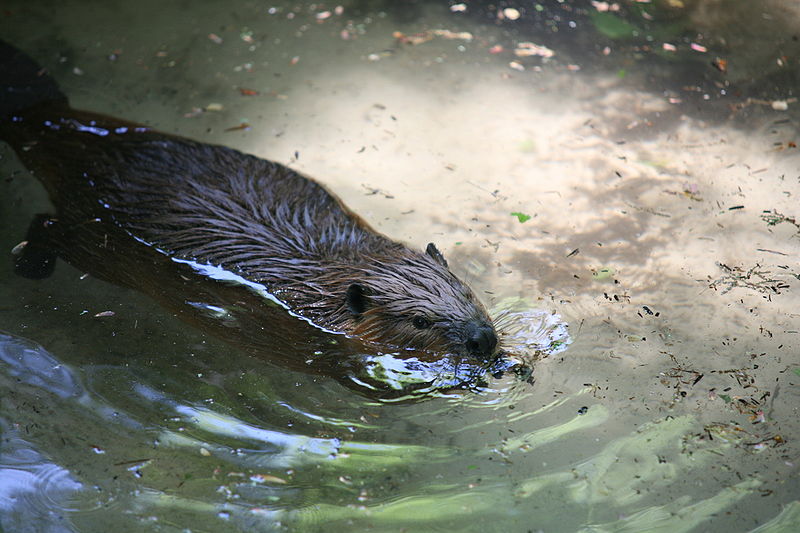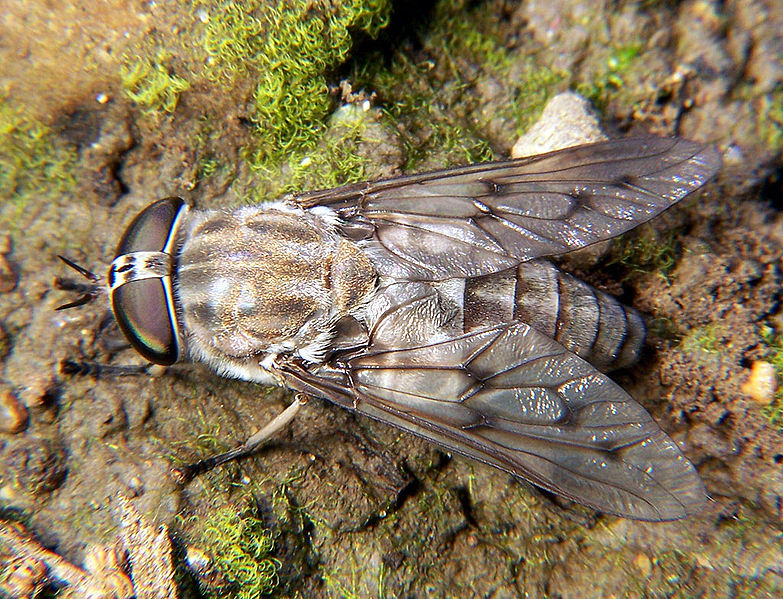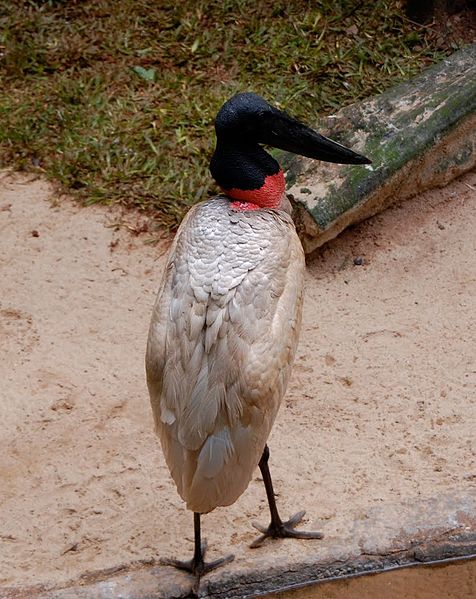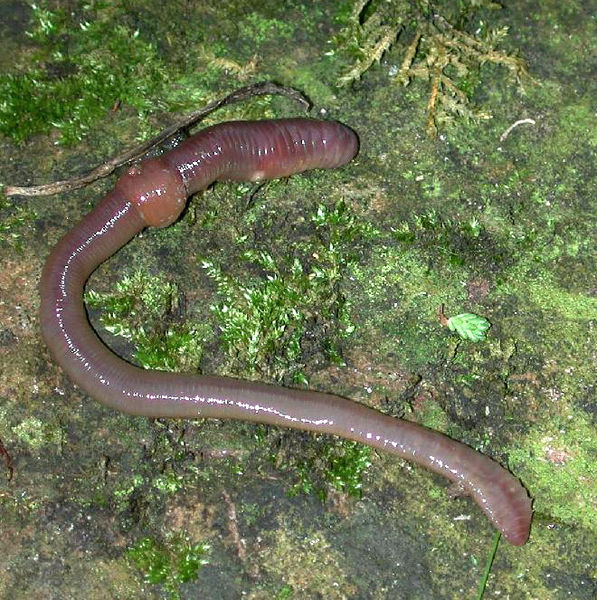
The nice thing about Wild Facts is you don’t have to wait for the conditions to be perfect to learn about certain animals. Take the Earthworm, more commonly known as the Dew-Worm, for example. To catch them you have to wait for optimal conditions such as a nice night after a rain shower. Then you grab your dad, your brother and a couple trusty flashlights and head out to the lawn to get tommorrows fishing bait. At least this is what I did while growing up. I am happy to say that you don’t need a flashlight, rain, darkness or even family to read about Earthworms on Wild Facts. Before we learn a little more about these little guys and I want to thank my dad not only for suggesting today’s Fact but also for the great memories catching worms beside our house.
The Earthworm is basically a tube and contains a digestive system within this tube. You may not think of this too much but an Earthworm does actually have a simple, closed circulatory system. Basically they have two main blood vessels, the ventral (underside) which feeds blood to the back-end of the worm and the dorsal (upperside) which brings blood to the front end of the worm. Even if it is a fairly simple system it is something we rarely think about with Dew-Worms.
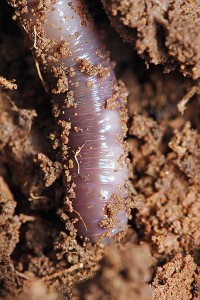
It has always amazed me that the Earthworm is able to regenerate segments of their bodies. That’s right, if you cut off a segment the Earthworm will grow it back. Now I am not saying to go out of your way and start cutting up Dew-Worms. Usually this ability varies between species and obviously depends upon the extent of the damage. Believe it or not, a study in the 1970’s showed that in certain species it is actually possible to grow two whole worms from one bisected specimen. If you ask me , that is pretty cool!
After reading the first paragraph of today’s Fact you may have been questioning why Earthworms come out at night and after a rainstorm. I will answer the night part first since it is easier. Simply put, the Earthworms will die very quickly during the day as the hot sun and UV rays dry them out or dessicate them. I guess they are like vampires in that sense. Moving onto the rain factor. Well this isn’t as easy to answer but their are a few educated guesses. The first and in my opinion the most likely has to do with the ground getting saturated with rain water. Earthworms can only take so much water so as the ground fills up they head to the surface for some relief. Another possible scenario is the ease of movement when the upper surface is wet. In this case when the surface is wet the Earthworms find it an ideal time to come up and slither through the grass to a new area. There are a couple of other ideas but I think these two are the most probable. What do you think?
That does it for the Earthworm but make sure you tune in tomorrow for the last Fact of the week.




